Home>Gardening & Outdoor>Garden Tools & Equipment>How To Turn Off A Leaf Blower


Garden Tools & Equipment
How To Turn Off A Leaf Blower
Modified: August 17, 2024
Learn the best way to turn off a leaf blower in your garden. Discover essential tips and techniques for garden tools and equipment. Keep your yard clean and safe.
(Many of the links in this article redirect to a specific reviewed product. Your purchase of these products through affiliate links helps to generate commission for Storables.com, at no extra cost. Learn more)
Introduction
When it comes to maintaining a tidy and well-kept outdoor space, a leaf blower is an indispensable tool. Whether you're clearing fallen leaves, grass clippings, or debris, a leaf blower can significantly expedite the process, leaving your lawn or garden looking pristine with minimal effort. However, knowing how to safely and effectively turn off a leaf blower is crucial for both the longevity of the equipment and the user's safety.
In this comprehensive guide, we'll walk you through the essential steps to properly power down a leaf blower. Whether you're a seasoned gardener or a novice outdoor enthusiast, mastering this skill will not only safeguard your equipment but also ensure a seamless and hassle-free experience each time you use your leaf blower. So, let's dive into the steps and become adept at turning off a leaf blower like a pro.
Key Takeaways:
- Safely power down your leaf blower by locating the off switch, turning off the engine, and disconnecting the power source. Allowing the blower to cool down ensures safety and equipment longevity.
- Mastering the shutdown process safeguards your leaf blower and enhances your outdoor maintenance experience. Follow the steps to confidently power down your leaf blower like a pro.
Read more: How To Unflood A Leaf Blower
Step 1: Locate the Off Switch
Before powering down your leaf blower, it’s essential to locate the off switch, which is typically situated within easy reach for quick access. The off switch is designed to promptly halt the blower’s operation, ensuring a swift and safe shutdown process.
Depending on the model and design of your leaf blower, the off switch may be conveniently located near the handle or grip, allowing for effortless engagement. In some instances, it may be integrated into the blower’s throttle control, enabling a seamless transition from operation to standby mode.
When identifying the off switch, look for a prominent button or lever that is ergonomically positioned for convenient activation. Familiarize yourself with the switch’s location and operation before using the leaf blower, ensuring that you can swiftly and confidently power down the equipment when needed.
By promptly locating the off switch, you’ll be prepared to initiate the shutdown process without delay, promoting efficient operation and optimal safety. With this crucial first step mastered, you’re now ready to proceed to the next phase of powering off your leaf blower.
Step 2: Turn Off the Engine
Once you have located the off switch, the next step in powering down your leaf blower is to turn off the engine. This process is essential for ensuring that the blower comes to a complete stop and is ready to be safely stored until its next use.
To turn off the engine, you can typically follow these straightforward steps:
- Release the Throttle: If your leaf blower is equipped with a throttle control, gradually release it to reduce the engine speed. This gradual decrease in power allows the engine to smoothly transition to idle mode, preparing it for shutdown.
- Engage the Off Switch: Once the throttle is released, promptly engage the off switch that you located in the previous step. This action will prompt the engine to cease operation, bringing the leaf blower to a complete standstill.
- Confirm Shutdown: After engaging the off switch, take a moment to ensure that the engine has indeed powered down. Listen for any lingering sounds of operation and visually inspect the blower to confirm that all moving parts have come to a halt.
By effectively turning off the engine, you not only safeguard the longevity of your leaf blower but also reduce the risk of accidental activation. This step is integral to the proper maintenance and care of your equipment, setting the stage for reliable performance and prolonged durability.
With the engine successfully shut down, you’re now ready to proceed to the next crucial phase of powering off your leaf blower.
To turn off a leaf blower, simply locate the on/off switch or button and press it to the “off” position. Allow the blower to come to a complete stop before setting it down or storing it.
Step 3: Disconnect the Power Source
After turning off the engine, the next vital step in the process of safely powering down your leaf blower is to disconnect the power source. This action ensures that the blower is completely disengaged from any electrical or fuel supply, preventing potential hazards and preserving the equipment’s condition.
Depending on the type of leaf blower you’re using, you’ll need to follow specific guidelines to disconnect the power source effectively:
- Battery-Powered Leaf Blowers: If your leaf blower operates on a rechargeable battery, carefully remove the battery pack from the blower. This prevents any residual electrical flow and eliminates the risk of unintended activation. Store the battery pack in a cool, dry place, adhering to the manufacturer’s recommendations for optimal battery maintenance.
- Gas-Powered Leaf Blowers: For gas-powered leaf blowers, the process involves disengaging the fuel supply. Depending on the model, you may need to turn off the fuel valve or empty the remaining fuel from the tank into an approved container. By ensuring that the blower is free from fuel, you mitigate the potential for leaks and maintain a safe storage environment.
By disconnecting the power source, you take proactive measures to safeguard both the leaf blower and its surroundings. This step is integral to preventing accidents and preserving the longevity of your equipment, setting the stage for reliable performance each time you use your leaf blower.
With the power source successfully disconnected, you’re now prepared to proceed to the final phase of powering off your leaf blower.
Step 4: Allow the Leaf Blower to Cool Down
Once the power source has been disconnected, it’s essential to allow your leaf blower to cool down before proceeding with storage or any maintenance tasks. Allowing the blower to cool down serves multiple purposes, including safety, equipment preservation, and ensuring optimal performance during future use.
Here are some key considerations and best practices for allowing your leaf blower to cool down effectively:
- Temperature Regulation: If the leaf blower has been in operation for an extended period, it’s likely to have generated significant heat. Allowing the blower to cool down gradually helps dissipate this excess heat, preventing potential damage to internal components and ensuring safe handling during subsequent tasks.
- Preventing Accidental Burns: The blower’s engine and various components may retain heat even after shutdown. Allowing sufficient time for the blower to cool reduces the risk of accidental burns or discomfort when handling the equipment for storage or maintenance.
- Enhancing Longevity: By incorporating a cooling-down period into your leaf blower maintenance routine, you contribute to the equipment’s longevity and reliability. This simple yet crucial step minimizes the impact of thermal stress on the blower’s components, promoting sustained performance over time.
As a responsible leaf blower user, it’s important to exercise patience and allow the equipment to cool down naturally. Once the blower has reached a safe temperature for handling, you can proceed with storing it in a suitable location or performing any necessary maintenance or cleaning tasks.
By allowing the leaf blower to cool down, you prioritize safety, equipment preservation, and long-term performance, ensuring that your leaf blower remains a dependable and valuable tool for your outdoor maintenance needs.
Read more: What Is A Leaf Blower
Conclusion
Congratulations! You’ve now gained valuable insights into the essential steps for effectively turning off a leaf blower. By mastering this process, you not only ensure the safety of yourself and others but also contribute to the longevity and optimal performance of your equipment.
Remember, the proper shutdown of a leaf blower involves a series of deliberate actions, each playing a crucial role in safeguarding the equipment and its surroundings. From locating the off switch to allowing the blower to cool down, each step is integral to a seamless and safe shutdown process.
By promptly locating the off switch and turning off the engine, you set the stage for a smooth transition to standby mode. Disconnecting the power source further mitigates potential hazards and preserves the blower’s condition, while allowing the blower to cool down promotes safety and equipment longevity.
Whether you’re a seasoned professional or a novice enthusiast, incorporating these steps into your leaf blower routine is a testament to your commitment to safety and equipment care. As you continue to enjoy the convenience and efficiency of your leaf blower, rest assured that your adeptness at powering it down will enhance your overall outdoor maintenance experience.
So, the next time you wield your trusty leaf blower to clear fallen leaves or tidy up your garden, you can do so with confidence, knowing that you possess the knowledge and skill to power it down like a true expert.
Now, armed with this comprehensive guide, go forth and power down your leaf blower with ease and finesse, ensuring a seamless and safe conclusion to each outdoor maintenance task.
Frequently Asked Questions about How To Turn Off A Leaf Blower
Was this page helpful?
At Storables.com, we guarantee accurate and reliable information. Our content, validated by Expert Board Contributors, is crafted following stringent Editorial Policies. We're committed to providing you with well-researched, expert-backed insights for all your informational needs.
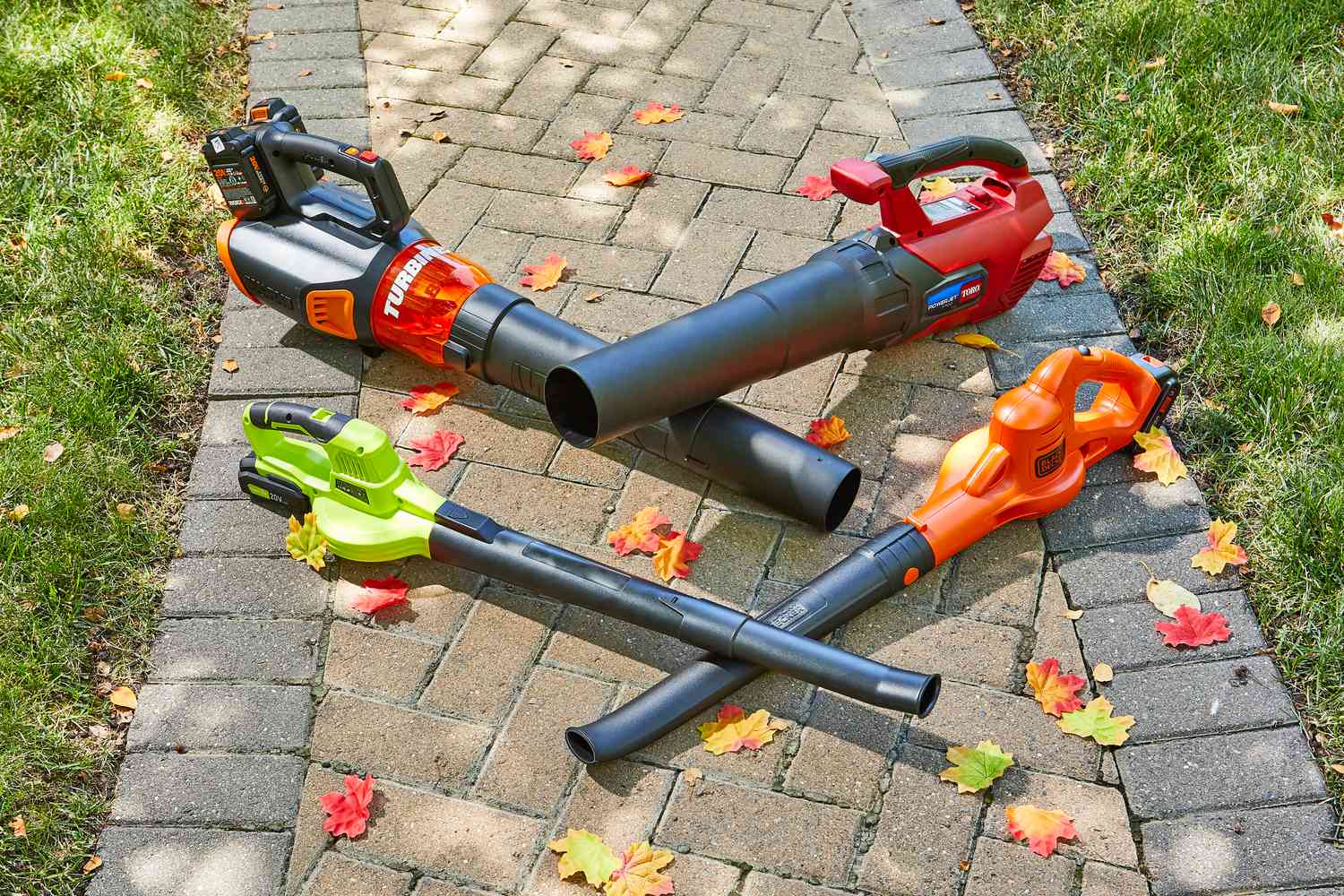
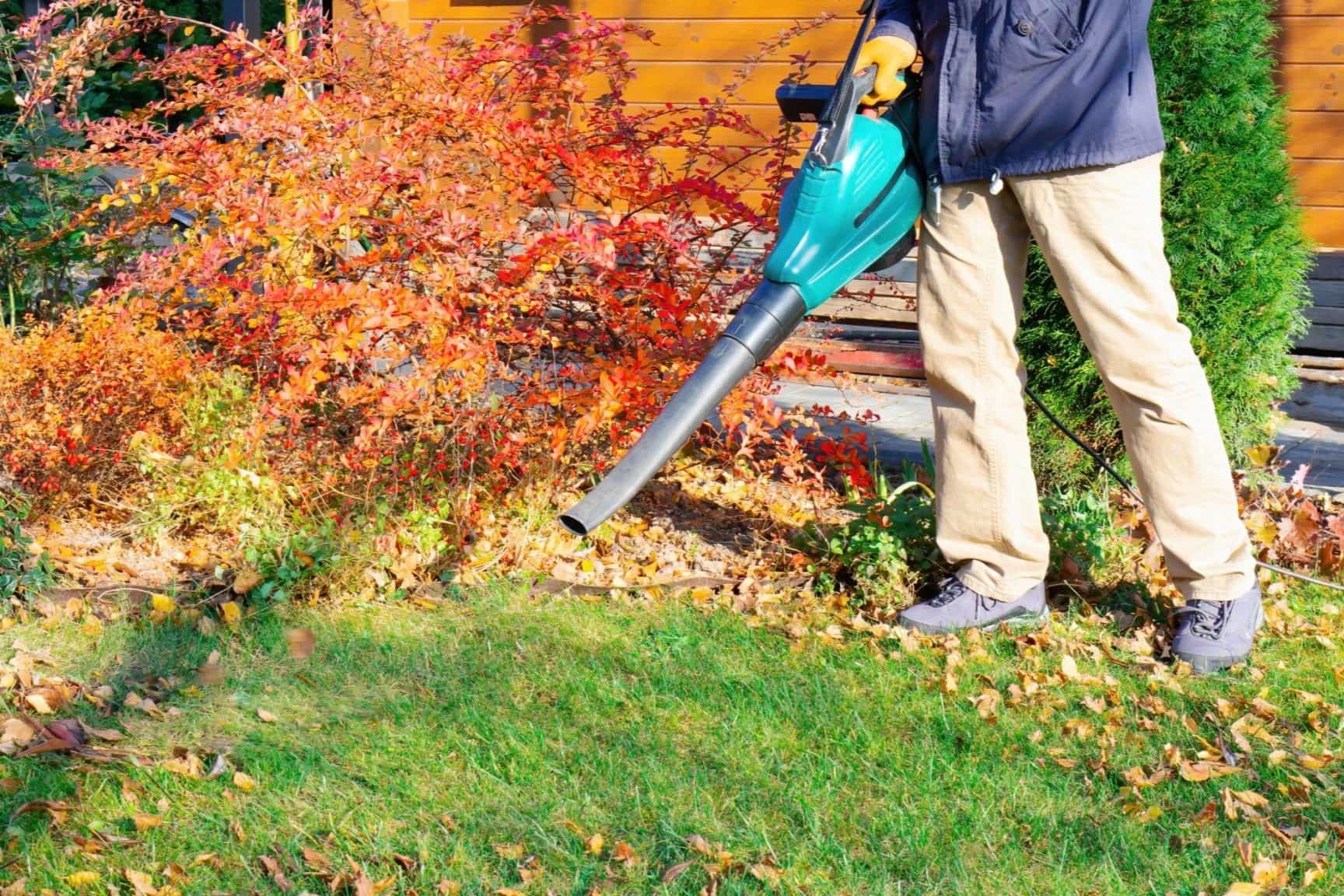
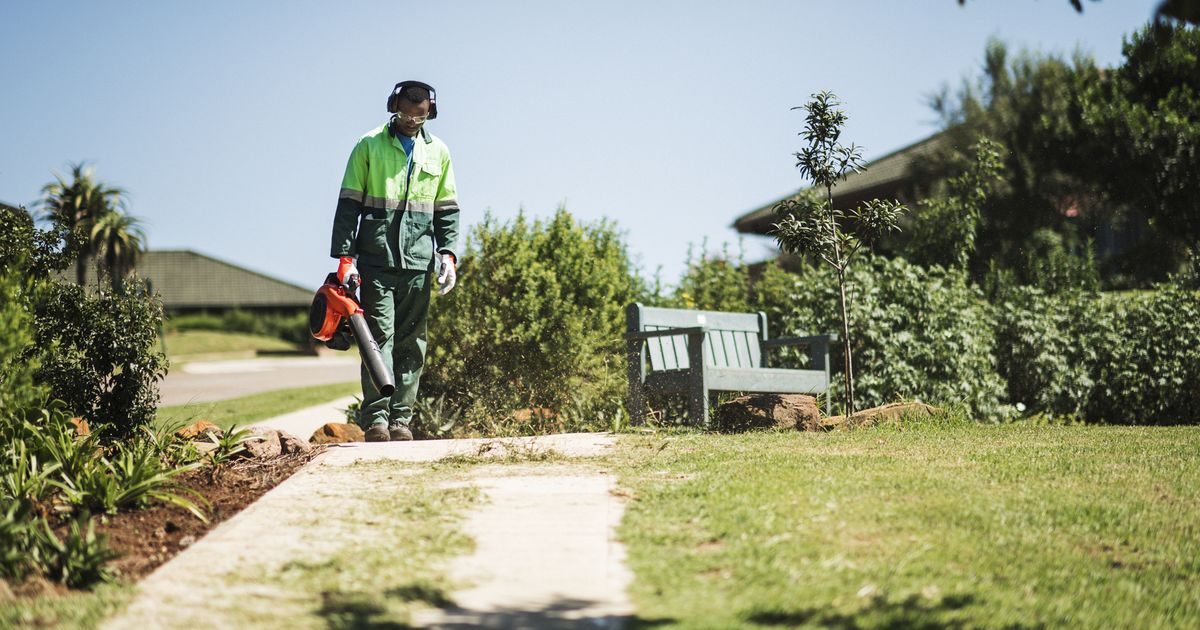
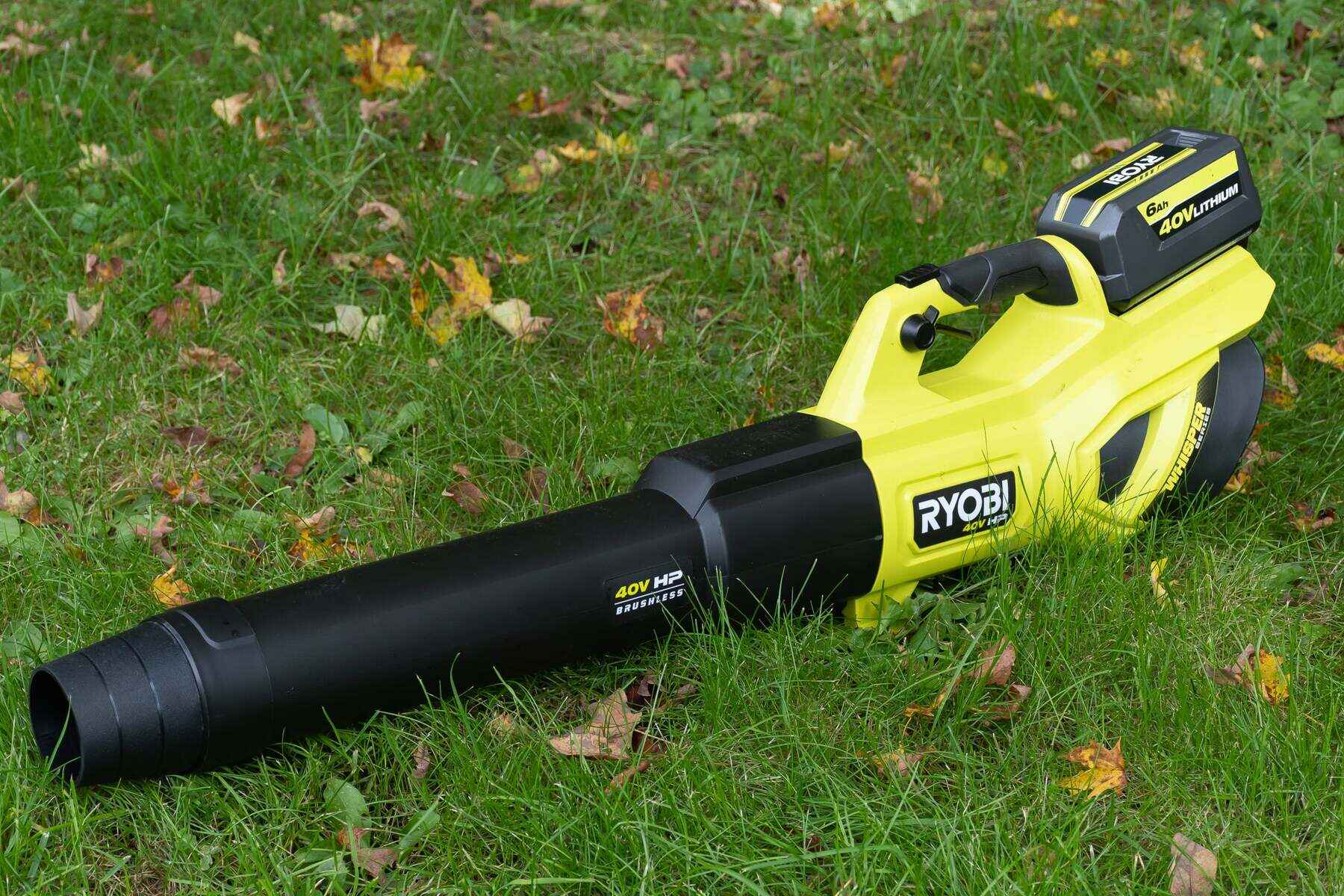

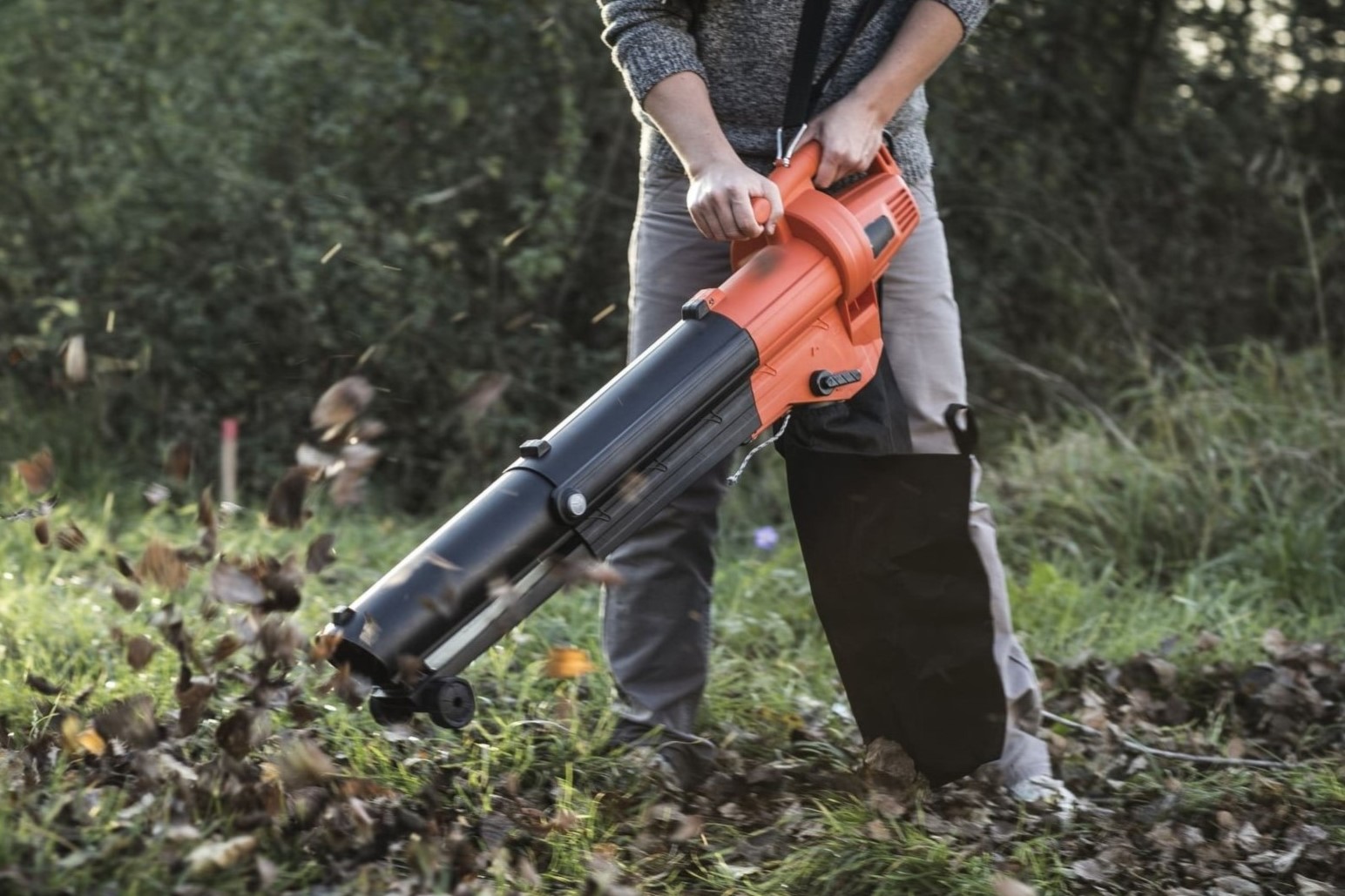

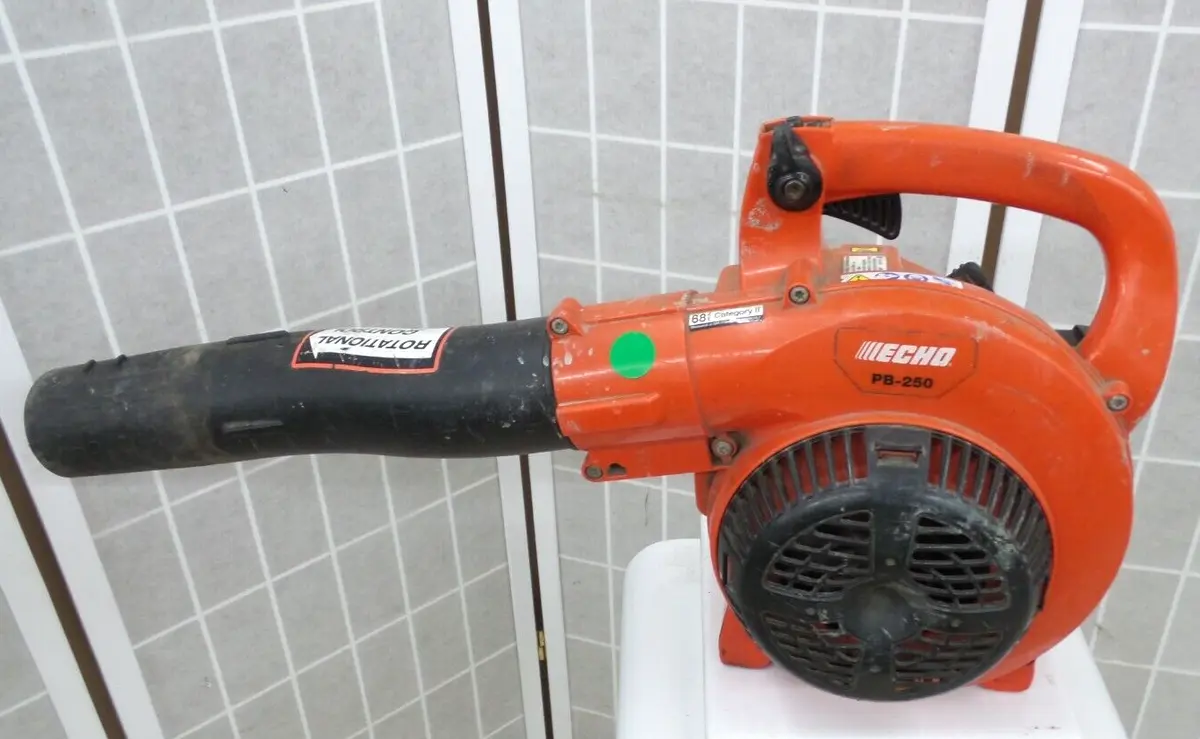
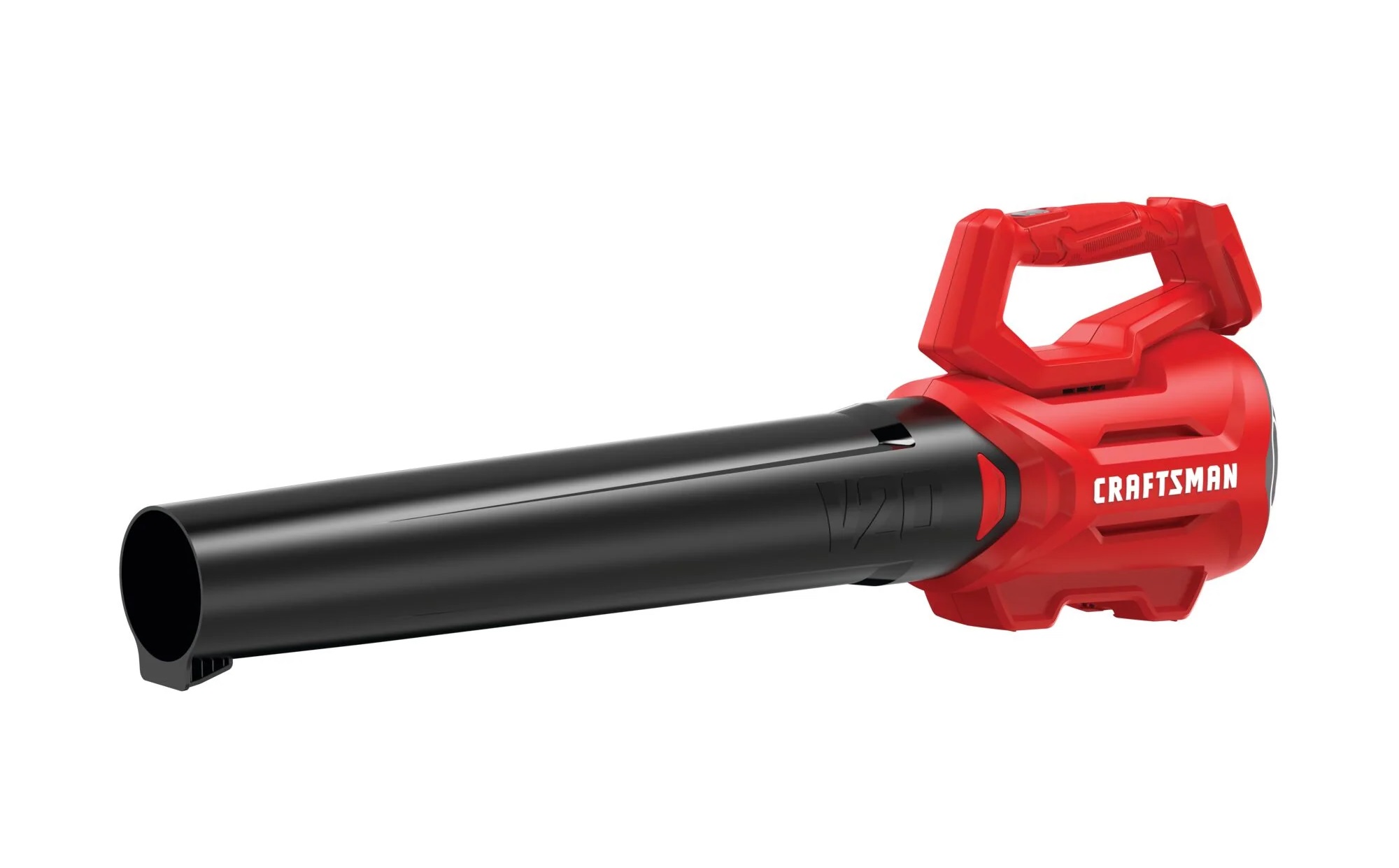
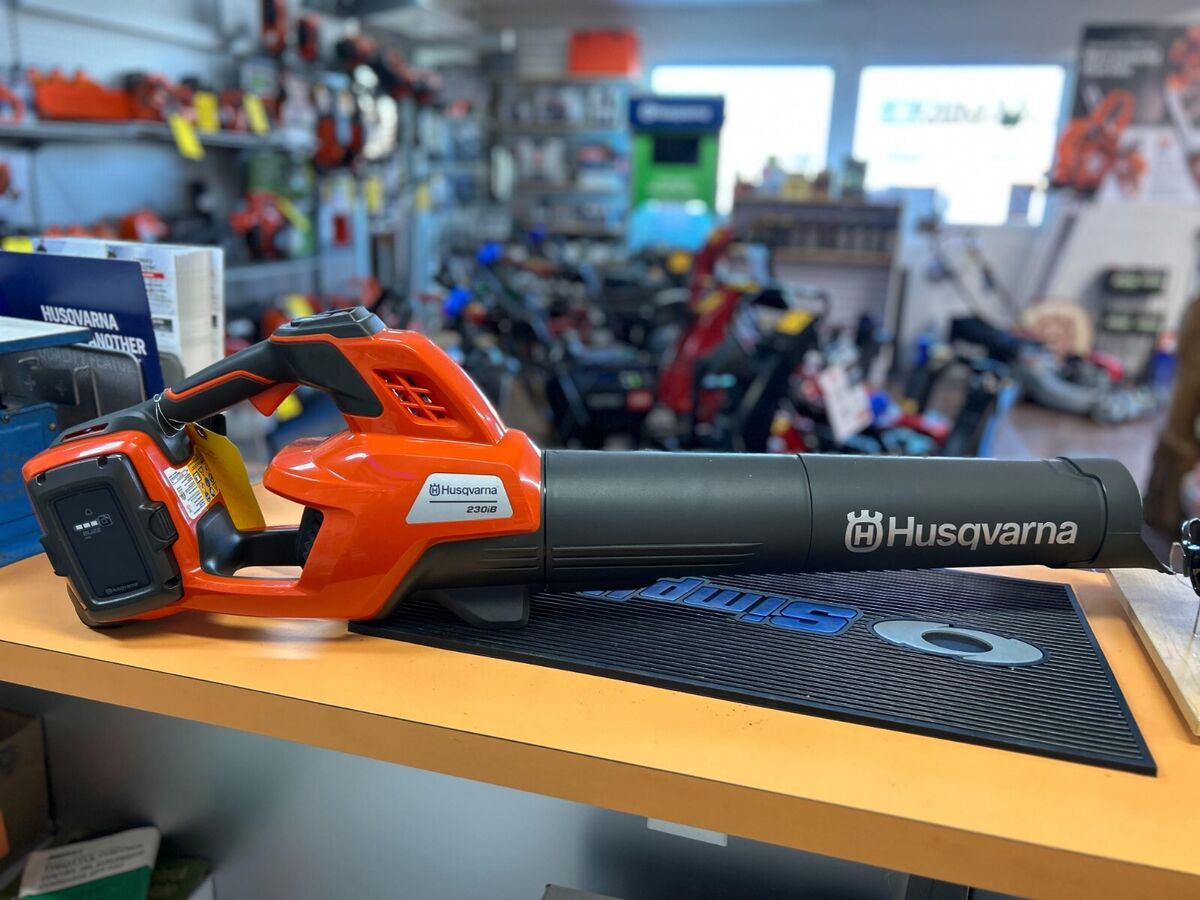
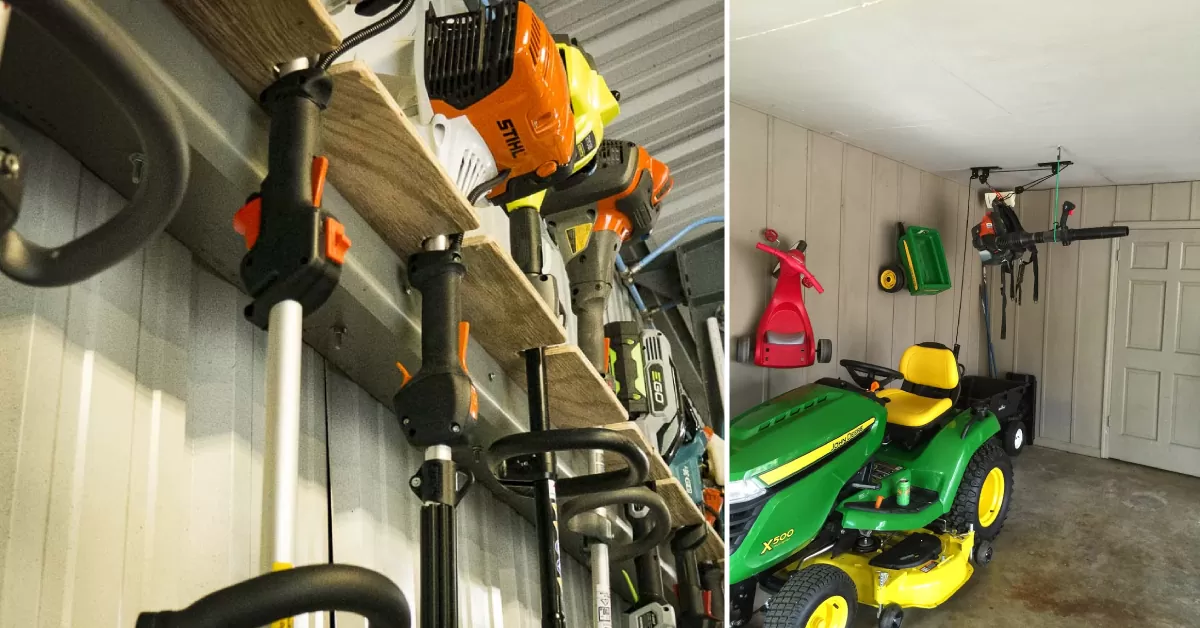
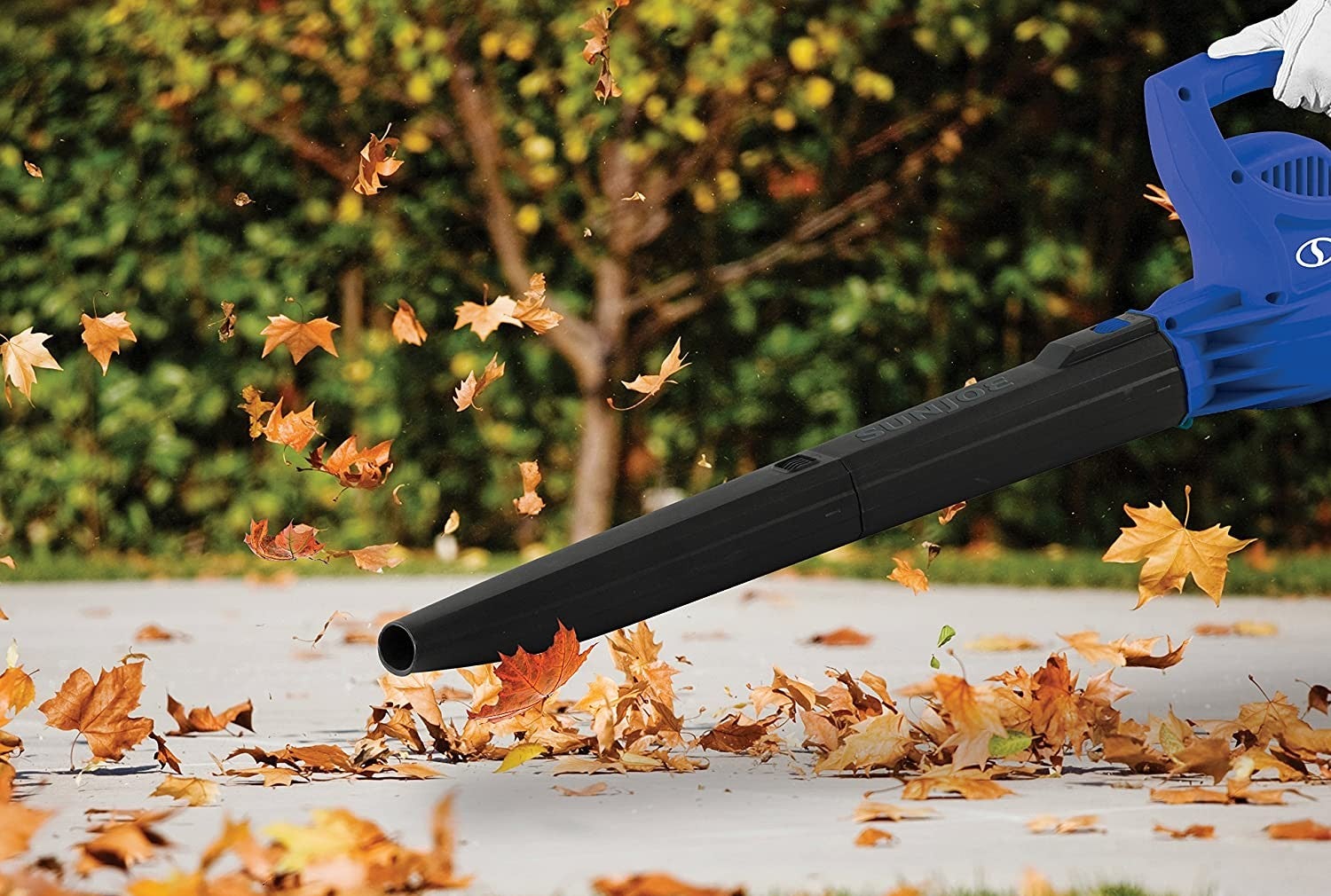
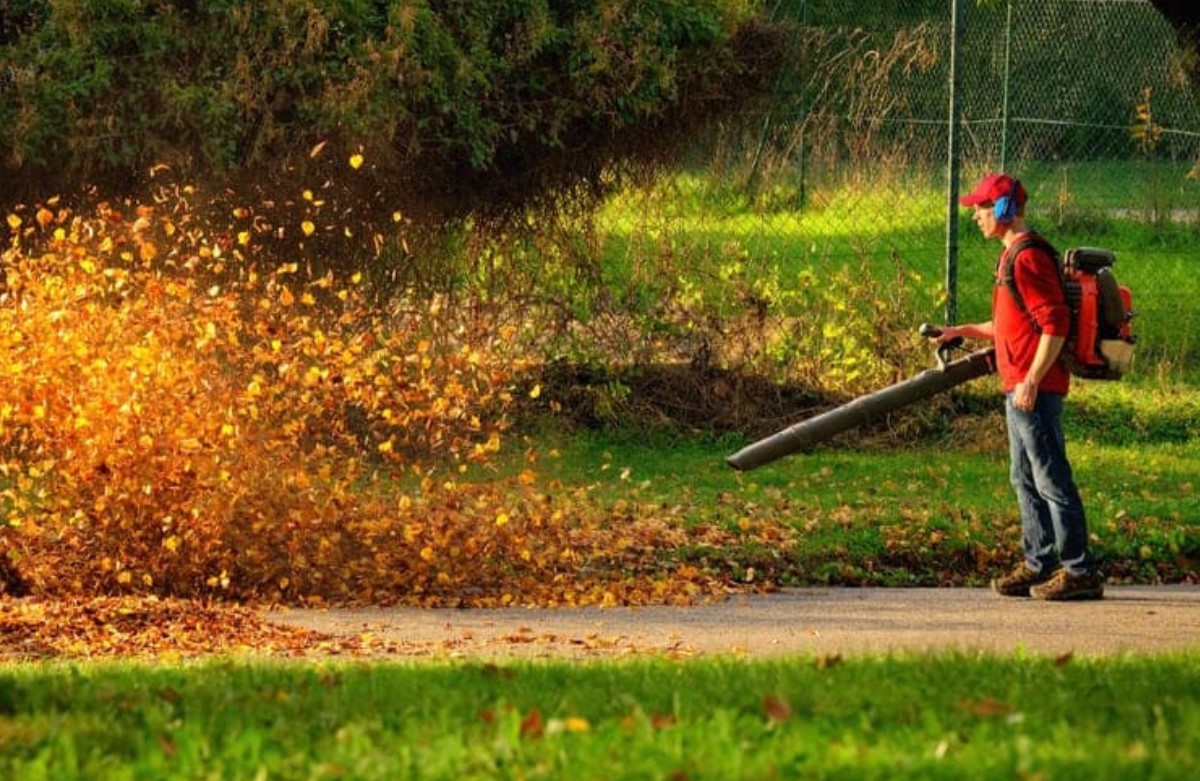
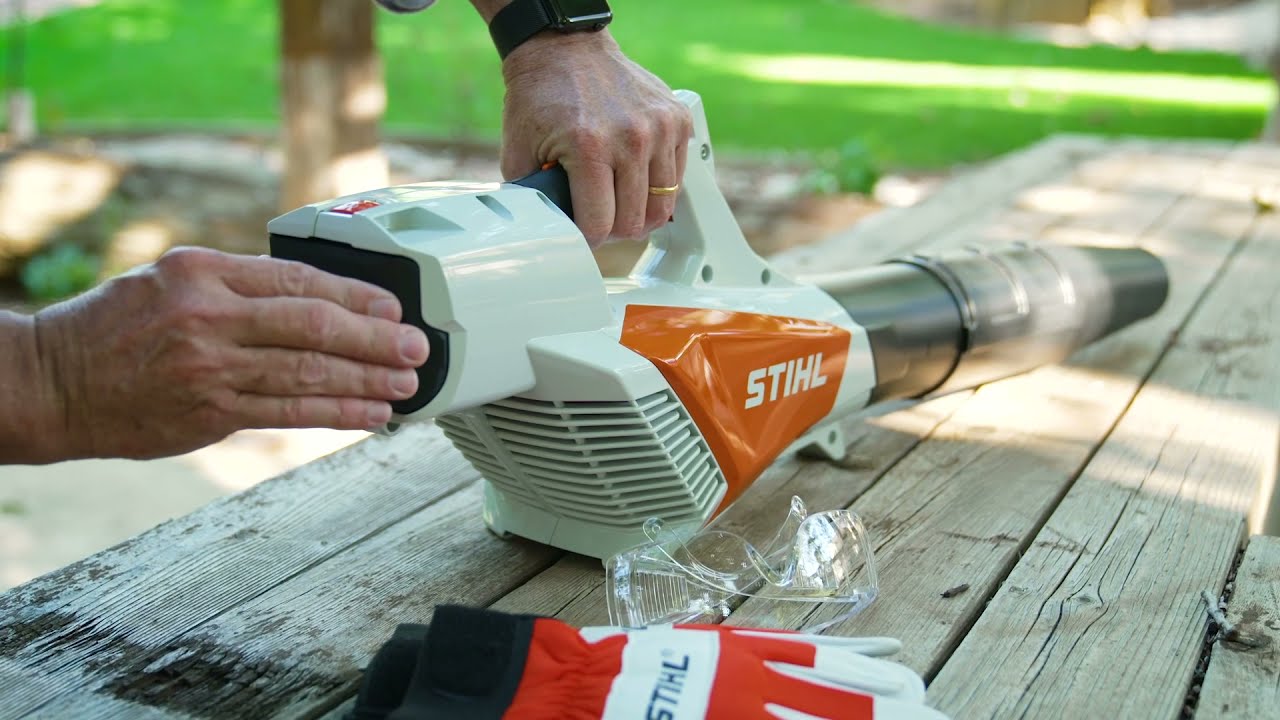

0 thoughts on “How To Turn Off A Leaf Blower”